From Antarctic penguins to Florida’s marine mammals, wild animals around the world will benefit from more than $1.2 million in grants awarded by the non-profit SeaWorld & Busch Gardens Conservation Fund. These generous grants will go to ninety-three wildlife research, habitat protection, animal rescue and conservation education projects.
The SeaWorld & Busch Gardens Conservation Fund is a non-profit organization that supports wildlife research, habitat protection, animal rescue and conservation education in the U.S. and around the world. The Fund provides a way for park visitors to help protect wildlife. Because SeaWorld Parks & Entertainment provides all administrative and development costs, as well as zoological staff to work alongside researchers, 100 percent of the donations go to on-the-ground wildlife conservation efforts.
“No animal is immune to the threats that face wildlife today,” said Brad Andrews, President and Executive Director of the SeaWorld & Busch Gardens Conservation Fund and Chief Zoological Officer for SeaWorld Parks & Entertainment. “The on-the-ground work from researchers, animal rehabilitators and educators is vital to help our planet’s animal inhabitants not only survive, but thrive.”
Since its creation ten years ago, the SeaWorld & Busch Gardens Conservation Fund has given more than $10 million in grants to protect animals and their habitats.
According to the recent press release, a few of the wildlife projects the funds will help include;
- Long-term monitoring of dolphins – The Hubbs-SeaWorld Research Institute is conducting a long-term study to monitor the abundance, population and habitat structure of Atlantic bottlenose dolphins in Florida’s Indian River Lagoon. The data collected will help to make animal management decisions and better evaluate risks facing the species. Hubbs-SeaWorld played a key role in the rescue of Winter the dolphin, star of the movie “Dolphin Tale” and famous resident of the Clearwater Marine Aquarium in Clearwater, Florida.
- Sea turtle lighting project – Lights on turtle nesting beaches can disorient turtle hatchlings and lead them away from the ocean. Sea to Shore Alliance has created a method of measuring, mapping and recording beach lighting levels to help make a safer passage to the sea. This data allows wildlife managers to quickly and easily compare, observe and locate areas with excessive beach lighting. By identifying these illumination hotspots, managers can better protect sea turtle hatchlings.
- Tracking penguin migration – Researchers with Woods Hole Oceanographic Institution are using geolocation (GLS) tagging and stable isotope studies to identify the winter diets and migration movements of Adelie and chinstrap penguins in the Antarctic region. The data will be of critical importance in defining future management priorities for these penguin species.
More ways SeaWorld & Busch Gardens Parks contribute to conservation:
- “Sea Rescue” returns to television for second season
- Busch Gardens Williamsburg adopts orphaned gray wolf pups
- SeaWorld Parks & Entertainment to stop using plastic bags
SeaWorld’s commitment extends to animals around the world. The company has contributed more than $50 million to conservation, wildlife rescue and environmental stewardship initiatives. It operates one of the world’s most respected animal rescue and rehabilitation programs. SeaWorld cares for more than 60,000 animals, including 200 endangered or threatened species, and has rescued more than 20,000 orphaned, injured or ill animals over four decades.
Please visit www.swbg-conservationfund.org for more information on the SeaWorld & Busch Gardens Conservation Fund.



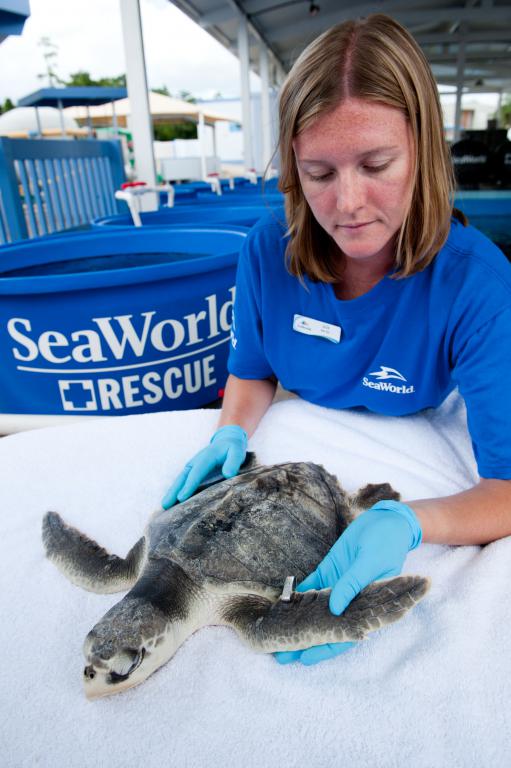
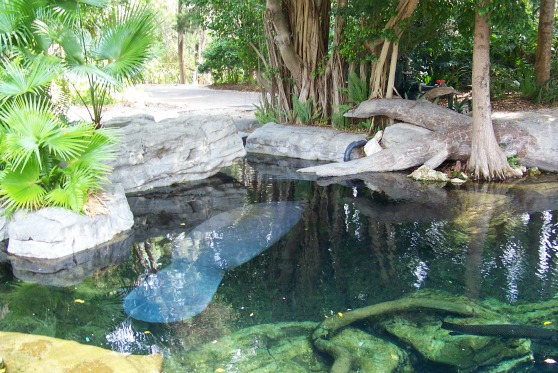




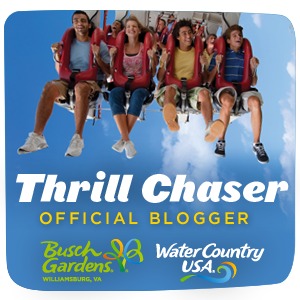
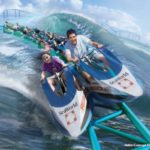



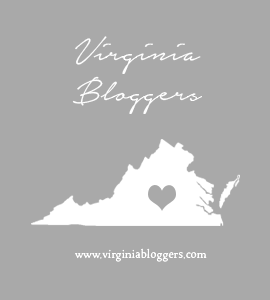
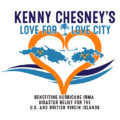





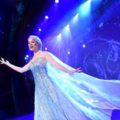
[…] SeaWorld and Busch Gardens Conservation Fund gives $1.2 million to wildlife projects […]